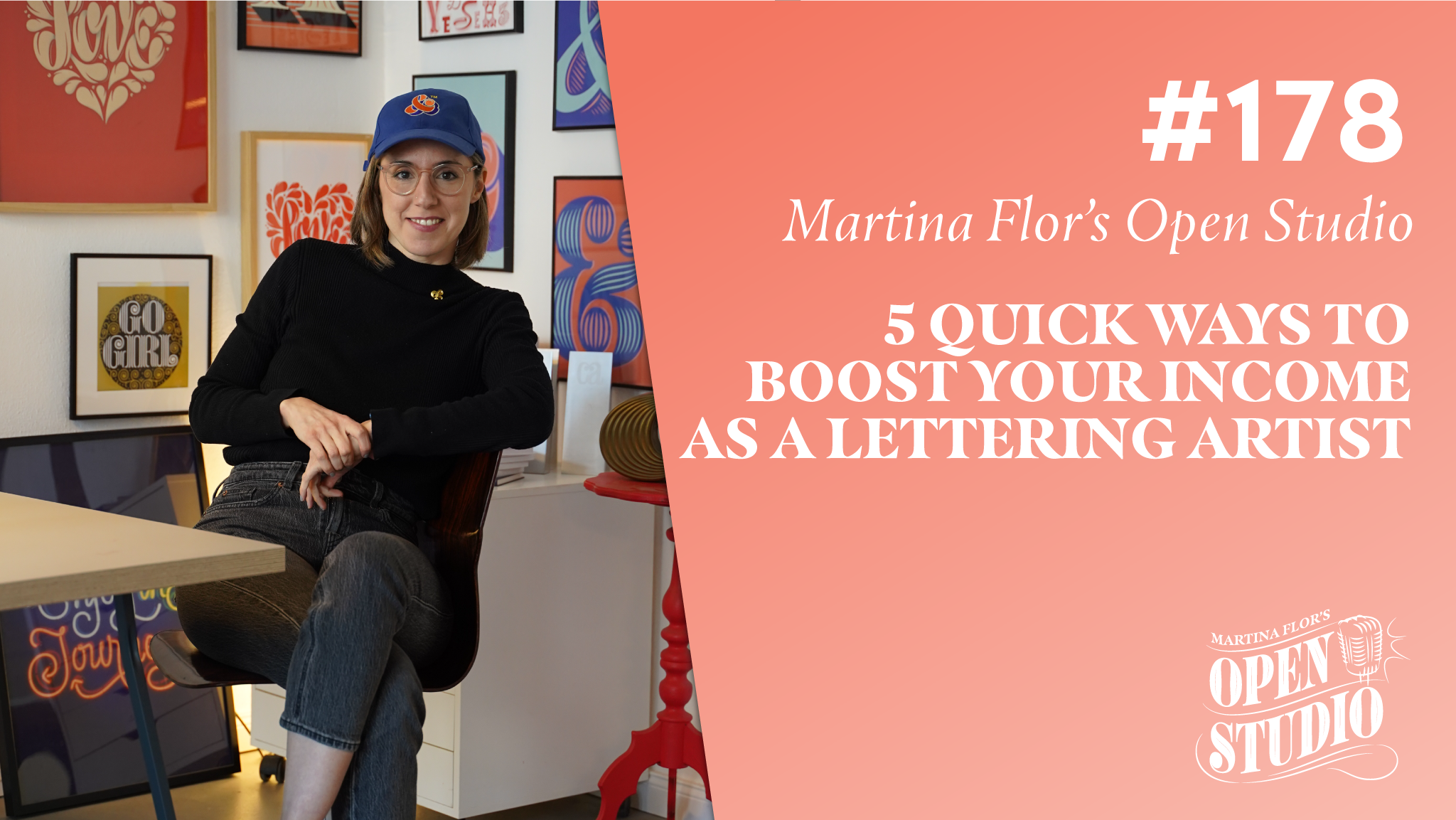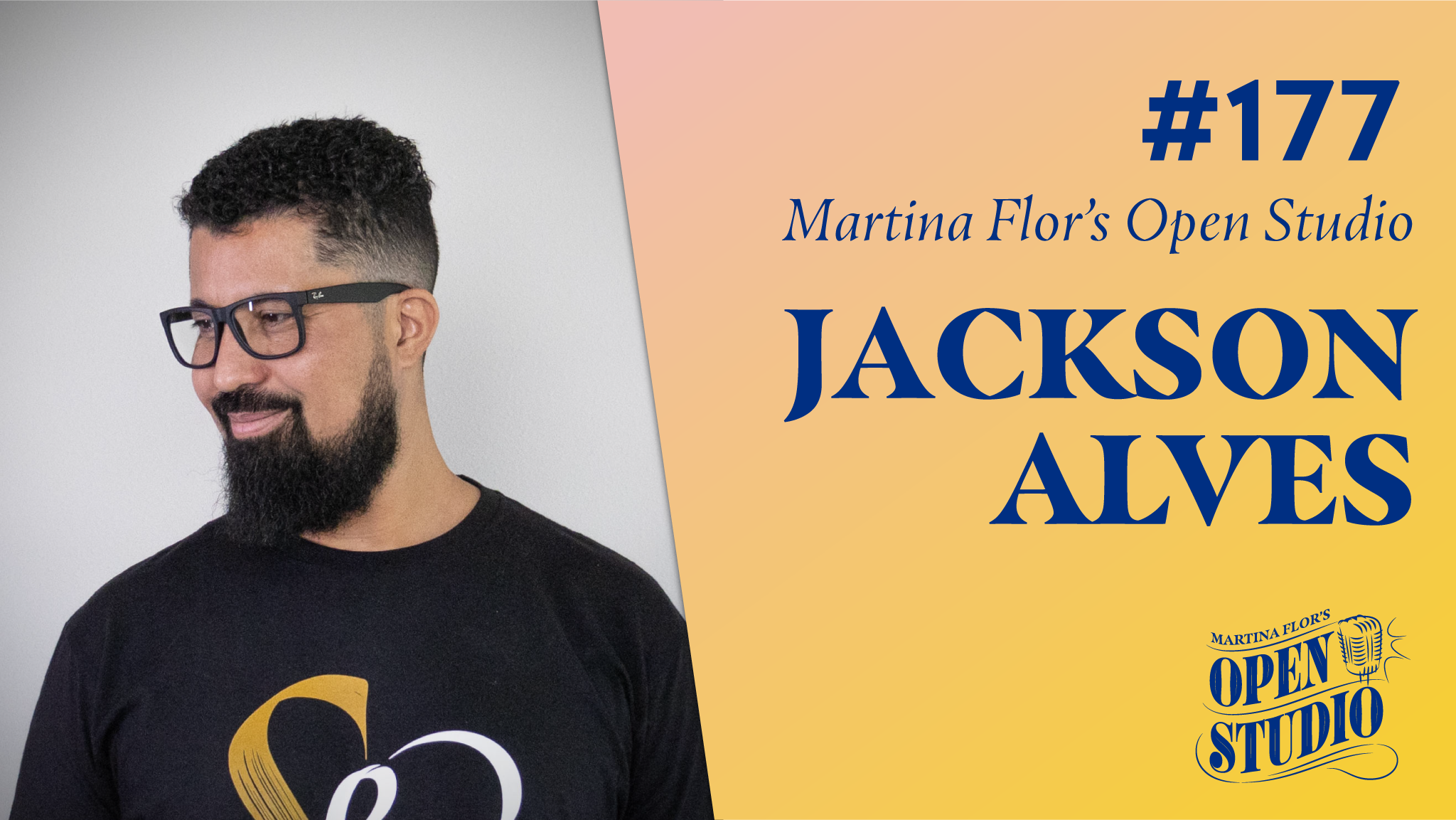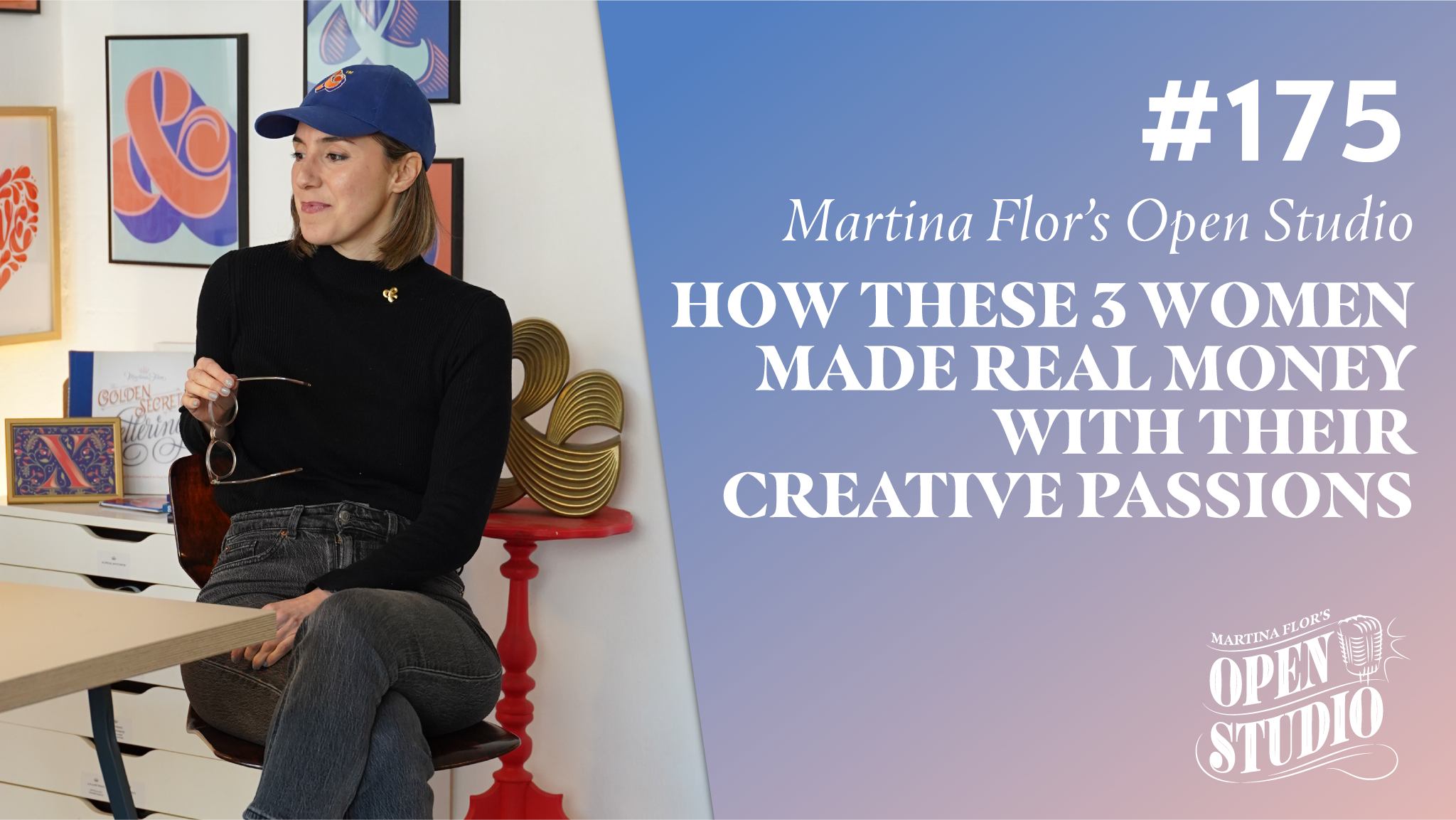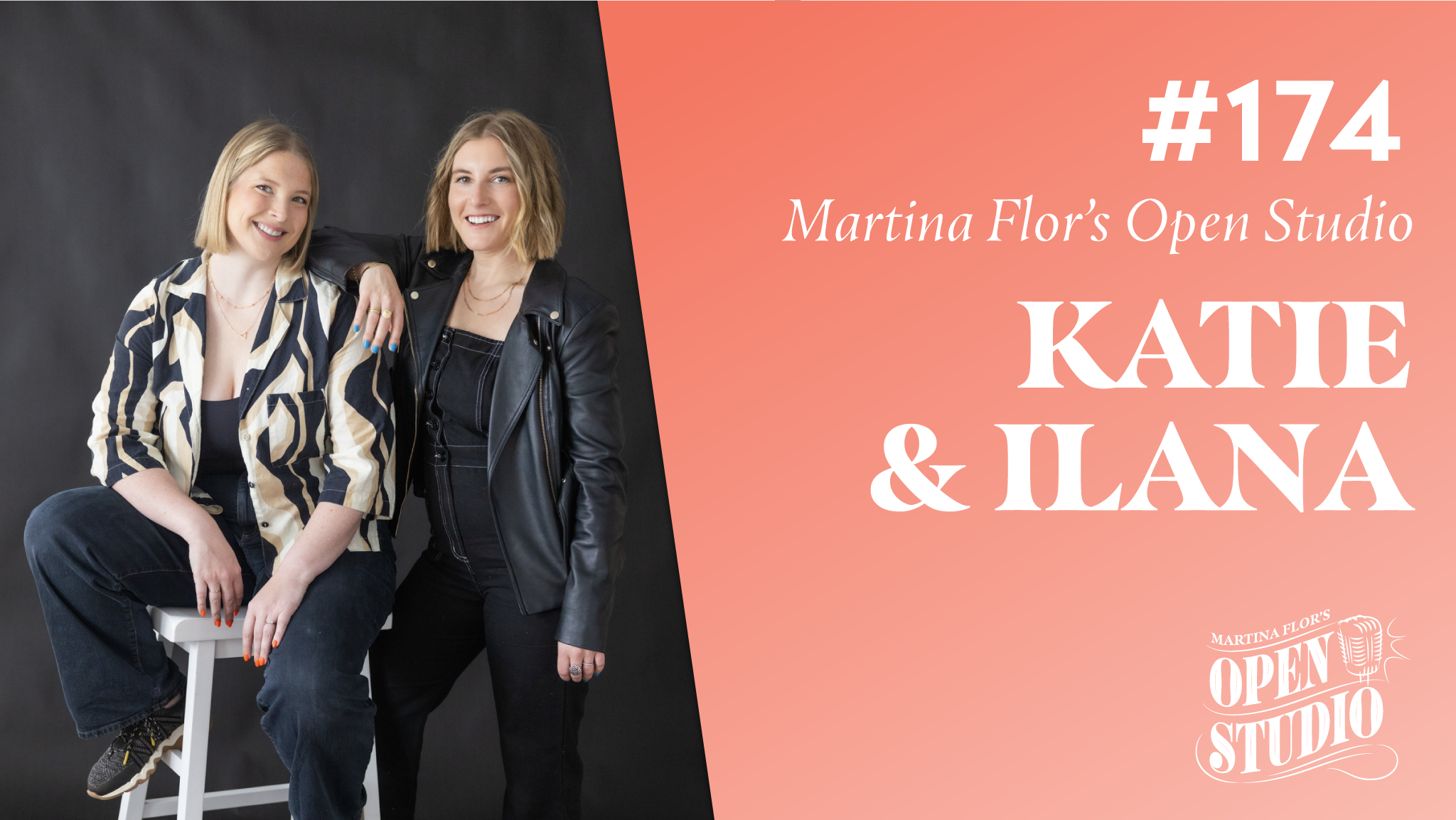The Lettering Roadmap: How to Build a Successful Creative Career
Every successful creative journey follows a predictable path, but most artists don’t realize it. If you've ever felt stuck, unsure of your next steps, or wondered how to turn your passion into a thriving career, this episode of Open Studio Podcast is for you. Martina Flor breaks down the Lettering Roadmap, a step-by-step guide to transitioning from a beginner to a professional lettering artist, illustrator, or designer.
The 6 Stages of a Successful Creative Career
Understanding where you are in your creative journey is the first step to moving forward. Martina outlines the six key stages every artist goes through:
1️⃣ The Hobbyist – You love lettering, but it’s just for fun. No pressure, just passion.
2️⃣ The Learner – You’re actively improving, taking courses, and refining your skills.
3️⃣ The Maker – You’re building a portfolio, experimenting with different styles, and sharing your work.
4️⃣ The Side Hustler – You start monetizing your skills with commissions, small gigs, or freelance work.
5️⃣ The Professional – Lettering becomes your main income source, and you build a sustainable business.
6️⃣ The Leader – You establish yourself as an expert, teach others, and create products beyond client work.
Where Are You in Your Journey?
Recognizing your current stage helps you understand what’s holding you back and what steps you need to take to level up. Maybe you’re stuck between being a Learner and a Maker or struggling to transition from Side Hustler to Professional. Martina explains how to bridge these gaps and move forward in your career.
Why Talent Alone Isn’t Enough
Many creatives believe that if their work is good enough, success will follow—but that’s only half the story. Building a thriving creative career requires business skills, including:
✅ Marketing yourself effectively
✅ Finding and pitching clients
✅ Pricing your work for sustainability
✅ Building a strong portfolio that attracts opportunities
Join the Free Lettering Roadmap Workshop!
Want to dive deeper into these steps and learn how to turn your lettering skills into a career? Join Martina Flor’s FREE Lettering Roadmap Workshop, happening March 31st!
🎨 Step-by-step guide to mastering lettering & making money with it
🎁 Chance to win an Adobe Creative Cloud subscription
🚀 Live training sessions + Q&A with Martina
📅 Register now for free: martinaflor.com/masterclass
Subscribe to Open Studio:
Stay up to date with the latest tips and strategies to grow your creative business by subscribing to Open Studio on your favorite podcast platform.
To access the full show notes for this episode, click here: https://martinaflor.com/podcast










